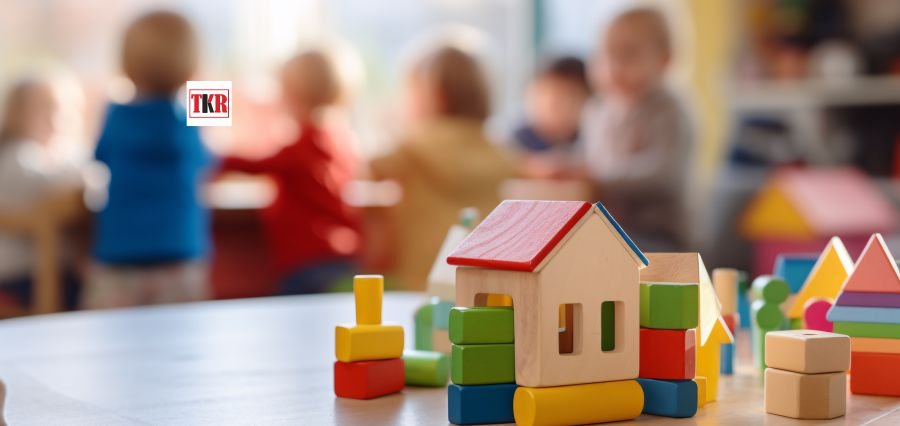Learning by Design
Children require more than just memorisation and test preparation in today’s fast-paced world. They require settings and experiences that foster creativity, problem-solving, and resiliency. This is where the idea of a kids’ learning architect is introduced, a teacher, planner, or parent who purposely designs places and plans to allow children to learn, not by accident, but by design.
What does it mean by Kids Learning Architect?
A kids’ learning architect is a person who carefully develops and designs learning opportunities to suit the developmental needs of a child. Just as an architect creates a building to serve a purpose, a learning architect creates a purpose of growth, exploration and mastery. They not only teach, but also shape the environment so that learning becomes familiar, interesting and meaningful.
The Vision: Learning by design
The dream of an architect of kids’ learning is uncomplicated but mighty: learning can and must be purposeful, whole, and able to build upon the strengths of children. Learning is not a process of strict teaching; it is a process of exploration through curiosity. This design-oriented methodology focuses on –
Child-Centered Environments
Spaces matter. Imagination and attention can be triggered by a well-thought-out classroom, home, or play area. Flexible seat arrangements, interactive resources and areas of reflection allow children to explore at their own speed.
Play as the Foundation
The natural language of children is play. A learning architect makes sure that play is applied to all spheres of education: to practical building, to playful role-playing, to outdoor exploration. Play enables children to solve problems, learn to work in a team and feel confident.
Interdisciplinary Learning
Learning should not be subdivided into subjects, nor should real life be. Integrating the various subjects and storytelling allows the children to perceive the relationships and to become more aware of the world.
Social and Emotional Growth
Outside of schoolwork, a child’s learning architect focuses more on emotional intelligence, such as learning how to be empathetic, cooperative, and resilient. These skills prepare children to excel in relationships and to solve problems.
Future-Ready Skills
Children must have flexible and creative minds in a digital age. Learning architects empower children with tools to achieve success in an unpredictable future by encouraging inquiry, experimentation and collaboration.
Plans on how to Implement the Vision
The principles of a kids’ learning architect can be used by educators, their parents, and caregivers in their day-to-day practices:
Create Welcoming Spaces: Spaces that spark curiosity through the power of natural light, open-ended toys, and interactive displays.
Elevate Choice and Autonomy: Do what you can to provide children with options in their activities, so they can claim ownership of their learning.
Use Applied Learning: Gardening, simple machine building or recycling. Relate lessons to real-world problems.
Promote teamwork: Support teamwork projects which will teach negotiation, teamwork and creative compromise.
Balance Tech and Hands-on Learning: The purposeful practice of using digital technology, without sacrificing the physical discovery.
The Learning Architect
Teachers are not the only architects of kids’ learning. The parents, mentors and the leaders of the community too can play this vital role. What is important is the attitude, in which every interaction or every space is viewed as a chance to create meaningful learning.
This perspective shifts adults from merely acting as guardians of children to becoming collaborators, inviting children to shape the world in which they grow and develop actively. This turns the simple into an amazing learning experience.
Final Thoughts
The concept behind a kids’ learning architect is to rethink the way education and childhood growth should be understood. By creating a learning environment that is designed purposefully, that integrates both play and systematic exploration, and supports both academic and emotional growth, we can help create a world in which children not only learn things, but also become lifelong learners.
Learning by design is not only the future blueprint but also an outline we can begin to construct now.





